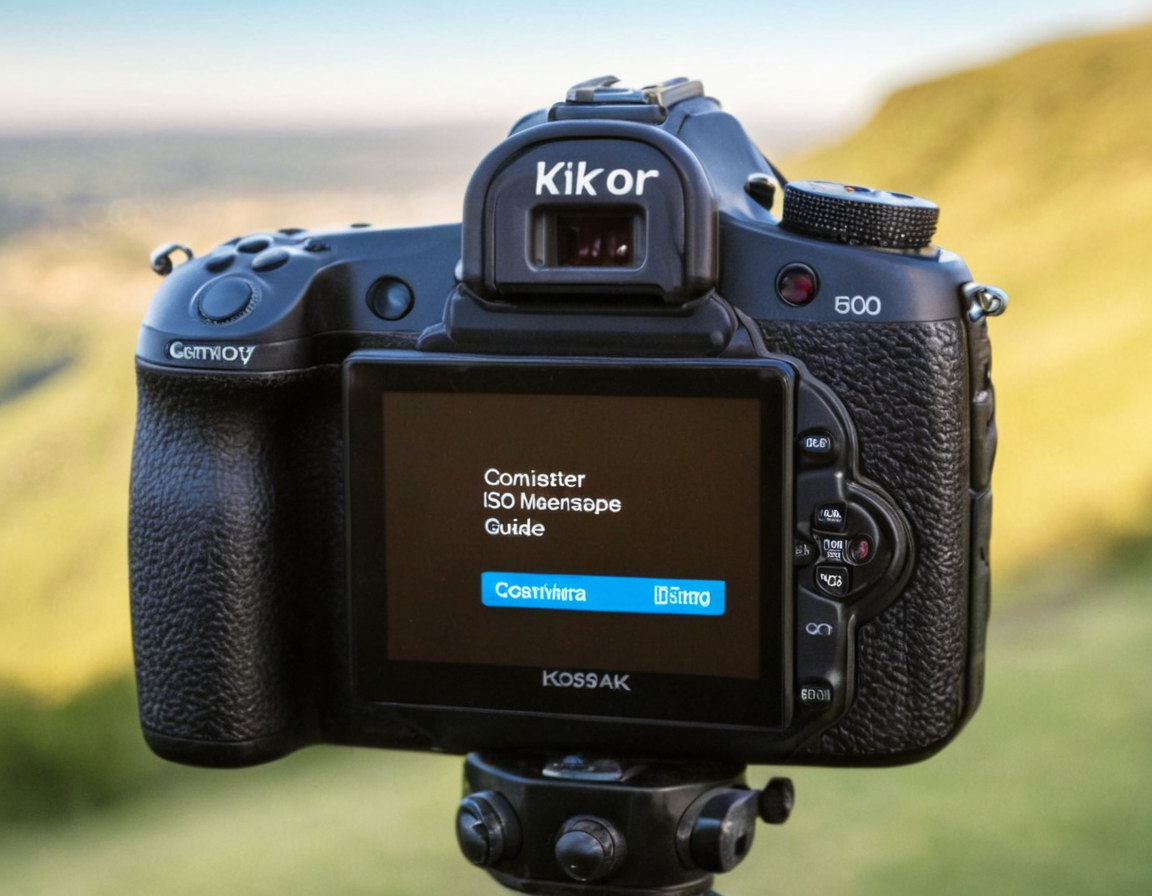ISO Mastery Guide - Beginner Tips

ISO Mastery: A Beginner’s Guide to Understanding and Working with Sensitivity Settings
Introduction
In today’s digital landscape, understanding the intricacies of sensitivity settings is crucial for anyone working with image or video processing software. This guide aims to demystify the world of sensitivity controls, providing a comprehensive overview of their purpose, functionality, and practical applications. By the end of this article, you’ll have a solid grasp of how to harness the power of sensitivity settings to achieve professional-grade results.
Understanding Sensitivity Settings
Sensitivity settings refer to the control used to adjust the image or video processing software’s response to input. In essence, it determines how much the software amplifies or attenuates the input signal. This setting is critical in various applications, including video editing, color correction, and image manipulation.
The Role of Sensitivity in Image/Video Processing
Sensitivity plays a pivotal role in image and video processing as it directly affects the output’s quality and fidelity. Incorrectly adjusting sensitivity settings can lead to over- or under-correction, resulting in subpar visuals. A well-calibrated sensitivity setting ensures that the software accurately reflects the input, enabling professionals to achieve their desired aesthetic.
Working with Sensitivity Settings
Setting Up Your Software
The first step in working with sensitivity settings is familiarizing yourself with your chosen image or video processing software. Most applications feature a settings menu or control panel where you can access and adjust sensitivity settings. Consult the software’s user manual or online documentation to learn more about the specific controls available.
Adjusting Sensitivity
Adjusting sensitivity involves tweaking the control to achieve the desired effect. This may involve incrementally increasing or decreasing the setting until the desired outcome is reached. Be cautious not to over- or under-correct, as this can lead to undesirable results.
Practical Examples
- Video Editing: Adjusting sensitivity settings during color grading can significantly impact the final product’s aesthetic. Incorrectly calibrated sensitivity can result in unnatural color casts or loss of detail.
- Image Manipulation: Sensitivity settings are also crucial when working with image editing software. Incorrect adjustments can lead to over-sharpening, noise, or other unwanted artifacts.
Best Practices for Sensitivity Settings
Calibration
Calibrating your sensitivity settings is essential for achieving accurate results. This involves comparing the output against a known standard or reference material. Use this process to fine-tune your settings and ensure they meet the required standards.
Regular Audits
Regularly auditing your sensitivity settings helps identify any drift or changes that may have occurred due to software updates, hardware modifications, or environmental factors. Schedule regular checks to maintain optimal performance.
Conclusion
Mastering sensitivity settings is a critical aspect of image and video processing. By following this beginner’s guide, you’ve gained a solid understanding of the concept, its role in the workflow, and practical applications. Remember to always calibrate your settings, adhere to best practices, and stay up-to-date with software updates.
What are some sensitivity settings that you’re currently struggling with or would like to learn more about? Share your thoughts in the comments below!
Tags
sensitivity-settings image-processing video-editing color-correction professional-results
About Thiago Pereyra
Hi, I'm Thiago Pereyra, and I've spent the last decade helping photographers unlock their creative potential through tutorials, workshops, and gear reviews on lentecreativa.com. My background in photography and post-production informs my passion for sharing actionable tips and techniques to help you take your craft to the next level.
